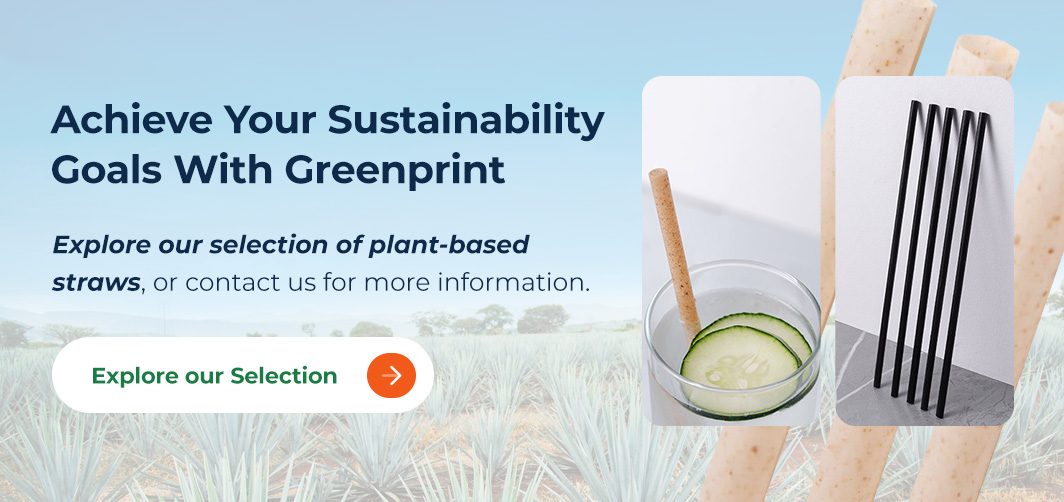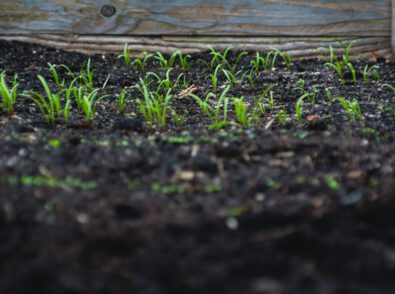How Are Agave Straws Made?

In recent years, there has been a focus on the impact plastic straws have on the environment, which has led to rising demand for viable alternatives. Agave straws stand out as one of the leading sustainable alternatives to single-use plastic straws. These straws are sturdy and have a natural composition, making them suitable for establishments in the foodservice and hospitality industries.
In this article, we will explore what agave straws are made of and Greenprint’s manufacturing process.
What Are Agave Straws Made Of?
Agave straws are made from Forest Stewardship Council (FCS)-certified plant waste fibers and recycled plastics. There are usually different categories of agave fiber straw, including compostable, recycled, or pure plastic recycled. What sets these straws apart is the base polymer or resin used to make them.
Compostable agave contains fibers from agave plants and a non-petroleum-based biopolymer called PHA. As a result, these straws can be put into a composting bin, where they will degrade in the right conditions. Recycled agave, on the other hand, is made of plant fibers and regular plastic. Pure plastic recycled is made entirely of recycled plastics and has zero plant fibers.
The Agave Straw Manufacturing Process
Generally, agave straws are sourced as a by-product from tequila and mezcal production. After being harvested to make tequila, agave plants leave behind fibers called bagasse, which can be repurposed to create agave straws. Transforming agro-industrial waste into a useful material involves a meticulous manufacturing process.
How Greenprint Agave Straws Are Made
- Souring: Greenprint sources and collects FCS-certified waste fibers from agave plants used in tequila production in Mexico.
- Drying and processing: The fibers are dried in-house and processed into a very fine powder to prepare them for straw crafting. This process also helps make fibers compatible with polymers.
- Compounding: The powder is mixed with the recycled plastic resin or non-plastic biopolymer through material compounding.
- Molding: Greenprint molds the processed agave fibers mixed with polymers to craft straws of various shapes and sizes.
Every step of our agave fiber straw manufacturing process takes place in-house, which allows us to produce high-quality products meeting industry standards.
Achieve Your Sustainability Goals With Greenprint
Agave straws allow you to reduce environmental impact without compromising quality. By choosing Greenprint’s agave straws, you give your customers an eco-friendly solution that is sturdy and durable. Explore our selection of plant-based straws, or contact us for more information.






